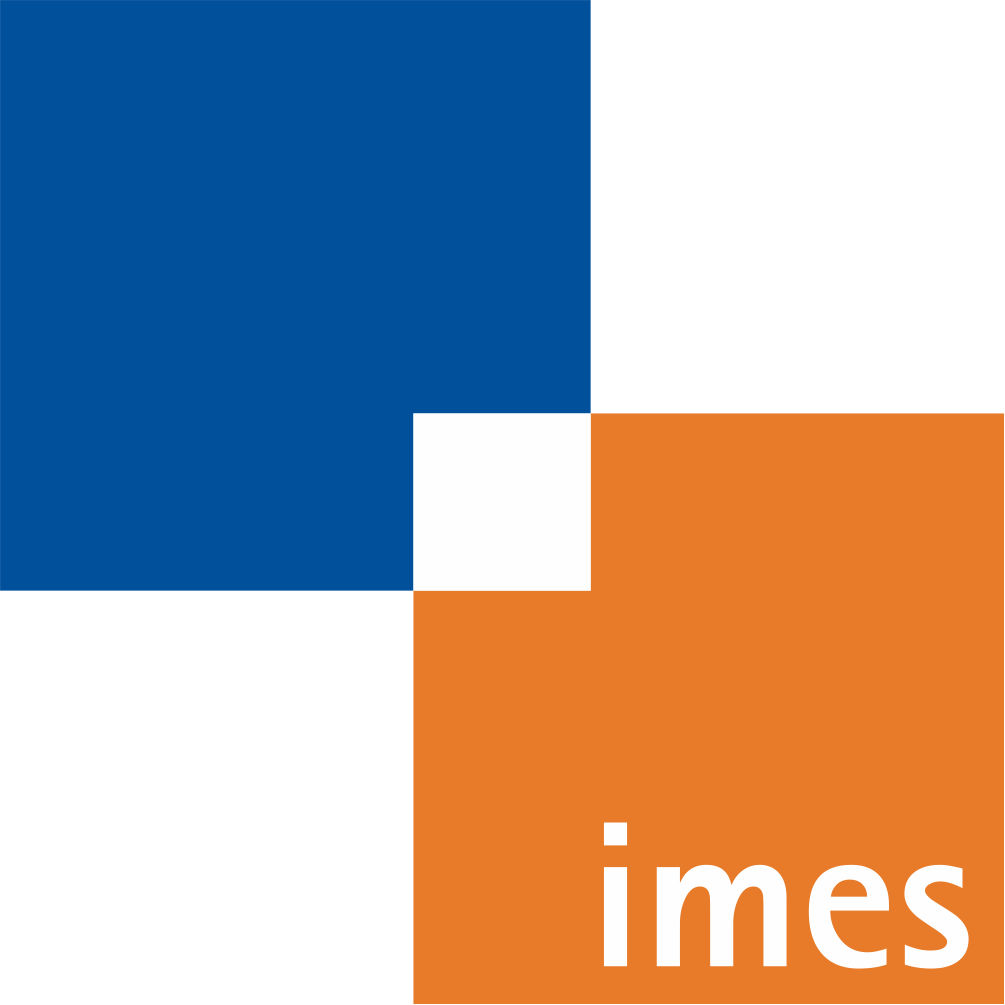Robotic-guided minimally-invasive cochleostomy: first results
- verfasst von
- M. Leinung, Stephan Baron, H. Eilers, Bodo Heimann, Soenke H. Bartling, Ralf Heermann, Thomas Lenarz, Omid Majdani
- Abstract
Due to increasing claims on high precision surgery, robotic assistance is becoming an emerging and highly demanded technology. Especially in surgical procedures in regions with complex anatomy mechatronical devices could help prevent iatrogen damaging of risk structures. In Otolaryngology particular cochlear implantation is a procedure characterized by a high degree of complexity and required accuracy. This surgery, which is accepted to be the most suitable solution for recovery from deafness, demands a exactly localized opening of the cochlea and an atraumatic insertion of a stimulating electrode array within the scala tympani.
This paper presents a new minimally-invasive method for the preparation of the implant’s slot using a combination of high resolution imaging, stereo-optical navigation and a robotic manipulator. In this contribution, we introduce the hardware components of the system as well as its software structure and present first experimental results of a robot assisted minimal invasive cochleostomy.- Organisationseinheit(en)
-
Institut für Mechatronische Systeme
- Externe Organisation(en)
-
Medizinische Hochschule Hannover (MHH)
Goethe-Universität Frankfurt am Main
Deutsches Krebsforschungszentrum (DKFZ)
Exzellenzcluster Hearing4all
NIFE- Niedersächsisches Zentrum für Biomedizintechnik, Implantatforschung und Entwicklung
Vanderbilt University
Friedrich-Alexander-Universität Erlangen-Nürnberg (FAU Erlangen-Nürnberg)
- Typ
- Artikel
- Journal
- In GMS Current Topics in Computer- and Robot-Assisted Surgery (GMS CURAC)
- Band
- 2
- Publikationsdatum
- 2007
- Publikationsstatus
- Veröffentlicht
- Peer-reviewed
- Ja
- Elektronische Version(en)
-
http://www.egms.de/en/journals/curac/2007-2/curac000021.shtml (Zugang:
Unbekannt)
